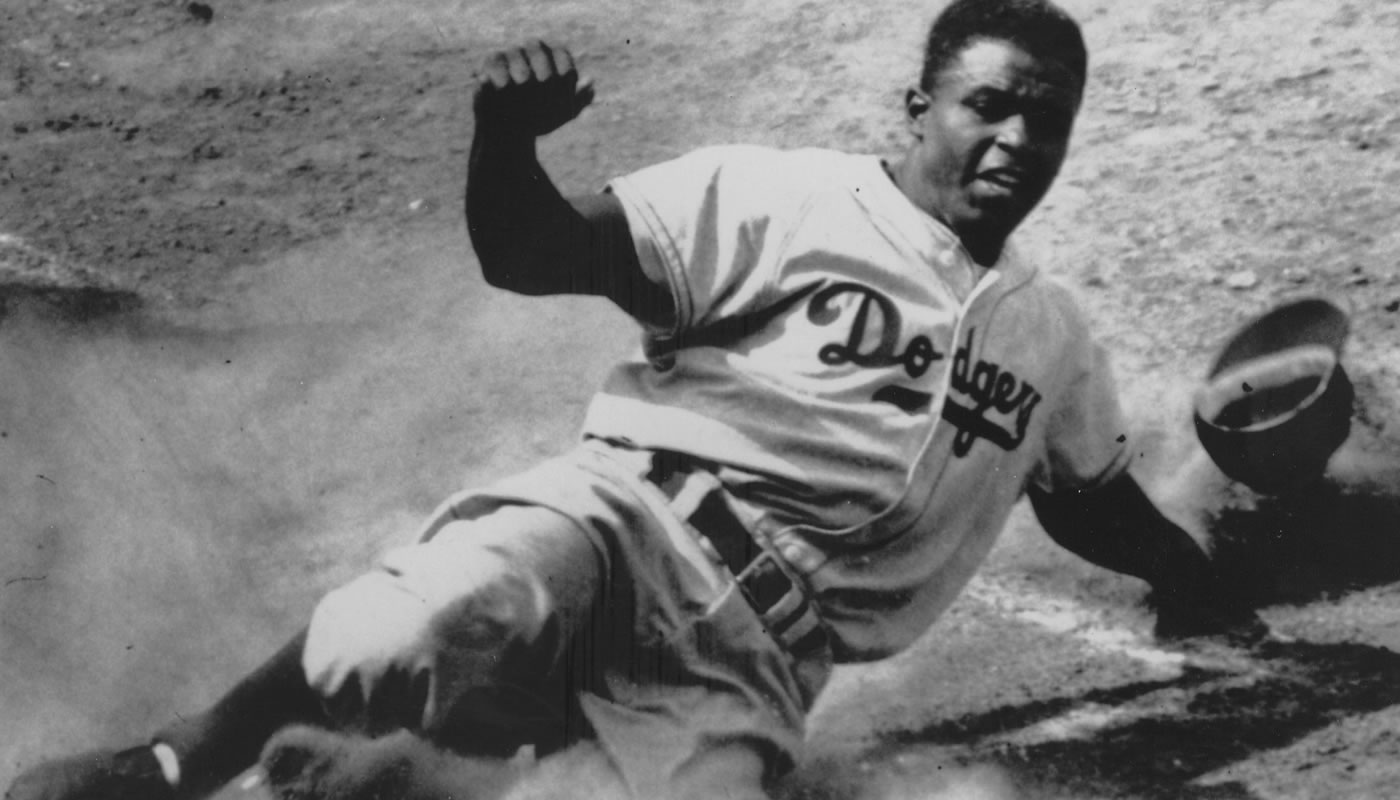 The longer Jackie Robinson is gone, does his impact lessen?
The longer Jackie Robinson is gone, does his impact lessen?
April 15 was another Jackie Robinson Day, when every player on every Major League Baseball team wears No. 42, his number. The Yankees’ Mariano Rivera was the last player to own 42, which was retired throughout baseball on April 15, 1997, the 50-year anniversary of Robinson breaking the color barrier with the old Brooklyn Dodgers.
The only athlete to have his number retired across an entire sport, Robinson was one of the greatest pioneers in history, providing courage and inspiration for those who followed him across the great divide, like Charlie Scott – the first black scholarship athlete at UNC – and others in every walk of life.
But the longer Robinson is gone – he died in 1972 – the numbers imply that his heroics don’t seem to matter as much. Granted, the explosion of basketball in this country has driven more kids to the schoolyards to learn that game instead of having to find a field and bunch of buddies to play baseball.
The majority of minorities in baseball now come from Latino and South American countries, plus a small influx of Japanese stars, comprising 42.5 percent of the players. Recent statistics show that only 7.7 percent are African-Americans.
Major League Baseball has initiated youth programs, many in the cities, where organized places to play and kids to play with have increased. Whenever possible, former and current big leaguers join the clinics to influence youngsters to stick with the game. Still, finding fields and money for travel teams is tough.
Stats are worse in college baseball, where in 2017 only 3.7 percent of the total players on Division I and II teams were black athletes. Compare that to 44 percent in football and 53 percent in basketball, where popularity begets more popularity.
The year Robinson died, he lobbied at the 1972 All-Star game for more African-American managers. While that number rose for a while, it has gone back down dramatically. That comes from the most blatant form of racism – that black coaches are not given the chance because, well, they are black.
At least coaches of color have increased in recent years, now up to 46 percent in the big leagues. Hopefully, Robinson’s legacy will remain alive and be revived, and that number will spawn more minority Major League managers – soon.
Podcast: Play in new window | Download
Subscribe: RSS

